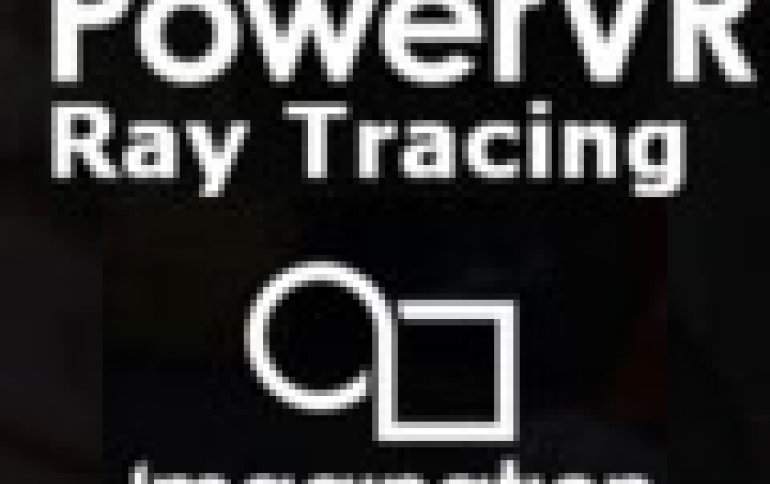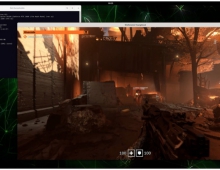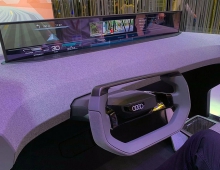
Imagination Showcases Ray Tracing and High-end Graphics on Mobile at GDC 2016
At GDC 2016, Inagination Technologies is showcasing high-end graphics in mobile thanks to the efficiency of the the Rogue architecture and the PowerVR Ray Tracing technology. The PowerVR Ray Tracing team is showcasing Imaginations' latest ray tracing technology. PowerVR Wizard is a new GPU architecture capable of generating photorealistic image quality for console-level gaming and VR apps, while delivering -- according to the company -- up to 50x better energy efficiency in ray tracing performance when compared to a traditional desktop GPU.

The company previewed a number of OpenGL ES extensions they have developed for PowerVR Wizard GPUs; these extensions enable support for real-time ray tracing on the Wizard architecture and allow developers to use the hybrid rendering techniques inside a customized version of the Unity 5 game engine.

The demonstration below implements an algorithm called PCSS (Percentage Closer Soft Shadows) that produces soft shadows with a variable penumbra based on the ratio between the size of the light, the blocker and the receiver distances from the light source. Traditionally, implementing this technique on a mobile or desktop GPU delivers a substantial increase in image quality but also leads to serious drops in performance. Thanks to the ray tracing engine inside the PowerVR Wizard GPU, soft shadows become very simple to implement and run extremely fast.

The PowerVR Ray Tracing team has also added specular reflections which are hard to do using rasterized-only techniques. This is because realistic reflections are similar to soft shadows: their sharpness depends on an object’s smoothness. By using our hybrid rendering techniques, developers can integrate ray traced reflections into their game without having to spend an enormous amount of time trying to implement them using the traditional computational-intensive methods available today.
The team is also showing the apartment scene below. This is a demonstration that requires billions of rays per second (gigarays) of computational performance and is possible today only a very high-end workstation with multiple desktop GPUs stacked together consuming north of 500-700 watts.

By comparison, the team claims that they are able to achieve the same (or better) level of performance on a Wizard GPU that requires at least an order of magnitude less power.
Finally, Imagination Technology is collaborating with Unity Technologies to bring our PowerVR Ray Tracing technology to the Unity game engine. The first result of this partnership is a lightmapping tool that will help artists design and visualize advanced lighting effects in an easy to use workflow.
The latest OpenGL ES 3.2 API was used to create Dwarf Hall, a demonstration of physically-based rendering (PBR) running on a multi-cluster PowerVR Series7XT GPU. Some of the effects implemented in Dwarf Hall include:
- Over one million triangles per frame in some scenes
- Deferred shading with 128-bit physically-based G-buffer
- Full post-process pipeline with colour correction, saturation, dynamic exposure and HDR tonemapping
- Many dynamic lights and multiple specular probes treated as lights
- Soft particles
- Lens flare effects

Another developer to make use of PBR on PowerVR-based mobile devices is Oxford-based NaturalMotion. The studio made use of this rendering technique in their CSR Racing 2 game, achieving an impressive level of graphical fidelity when simulating the interactions of cars and light sources.

In addition, Imagination ins releasing version 4.1 of the PowerVR Graphics SDK which includes full support and example code for Vulkan on Rogue and desktop GPUs; this release includes a host of new functionality, examples and documentation, including a Framework that supports the new Vulkan 1.0 API.
For those of you who want to see an overview of all the demos combined in one video, check out the clip below:





















